|
The Dandie Dinmont Terrier originates on the border of Scotland and England and was originally used to hunt otters and badgers. Their coat is a mixture of soft and hard hair of medium length coming in pepper (all shades of grey and silver) or mustard (all shades of brown and fawn). The puppies are much darker than adults. * The Dandie Dinmont first appeared as a distinct terrier in the 18th century. They are dignified, but not so dignified they don't enjoy play and are also affectionate. They need a moderate walk or play session daily and some dig. Their coat needs combing twice a week. * Health concerns include intervertebral disk disease and glaucoma. Fox Terriers come in Smooth and Wire coats and originate in England. They were used for vermin hunting and fox bolting. White should predominate (brindle, red or liver markings are objectionable). * Both Smooth and Wire coat Fox Terriers live to play, love to run and hunt and chase and are feisty. They may be scrappy with other dogs and may dig and bark. They need a vigorous game or walk every day and brushing to remove hair in smooth coats (who shed more than Wires) and coat combing two to three times weekly plus shaping every three months for the Wires. * Health concerns include lens luxation, cataracts, and Legg-Perthes (spontaneous degeneration of the head on the femur bone). The Glen of Imaal Terrier comes from Ireland and was used as a farm dog, turnspit dog and vermin hunter. They have harsh, medium length coats in wheaton, blue or brindle. * These are inquisitive and courageous dogs, less excitable than most terriers, but nonetheless active. They are good natured, but some can be dog-aggressive. They need moderate exercise but also a good game every day. They are not good swimmers. Their coat needs weekly brushing and stripping a few times a year. * Health concerns include PRA and hip dysplasia. The Kerry Blue Terrier originates in Ireland as a versatile farm dog. Their coats are soft and wave and medium in length. They come in any shade of blue-grey (immature dogs may be dark blue or have tinges of brown). * The Kerry Blue gained notice in the Ring of Kerry, hence their name. They love to hunt and run and chase. They are wary of strangers and aggressive to other dogs and small animals. They can be stubborn and some tend to bark. They need a long walk or vigorous play session daily. Their coat needs combing twice a week, plus scissoring and shaping every month. * Main health concerns include cerebellar abiotrophy (a genetic neurological disease), cataracts, spiculosis (painful skin condition that causes very thick, dense, spiky strands of hair), hair follicle tumours, eyelid problems and hip dysplasia. The Manchester Terrier originates in England and was used for ratting and rabbit hunting. They have a smooth and short coat coming in black and tan, with a black "thumbprint" patch on the front of each foreleg, as well as "pencil marks" on the top of each toe, * These are adventurous dogs, received with strangers but devoted and sensitive to their family. They are generally the most well-mannered house dogs. They need a moderate walk on leash or a good romp in the yard daily and enjoy a warm, soft bed. Their coat needs brushing once a week or so. * Main health concerns: cardiomyopathy and vWD. The Lakeland Terrier comes from England where it was used to hunt vermin. Their hair is wiry, medium length and comes in solid (blue, black, liver, red or wheaten); or wheaten or gold tan with saddle of blue, black, liver or grizzle. * These are spunky dogs that are curious and playful and love hunting and chasing. They need a moderate walk on leash or a rousing game every day. They are clever, independent dogs who can also be mischievous. Their coat needs combing one or two times weekly, plus scissoring and shaping four times yearly. * The Lakeland Terrier's main health concern is lens luxation. The Miniature Bull Terrier comes from England and was always intended as a companion animal. Their coat is harsh, smooth and short and they come in pure white or in any predominate colour. They have the same history as their root stock, the Bull Terrier. * These are comical, fun-loving dogs who are devoted, but can also be stubborn and mischievous. They need a moderate walk or romp daily and a brush every week. * Main health concerns include deafness (in whites), glaucoma and lens luxation The Miniature Schnauzer originates in Germany and was used for ratting. They have a hard, wiry coat of medium length that comes in salt and pepper, black and silver, or black. * Mini Schnauzers were developed in the 1800s and was exhibited as distinct from the Standard Schnauzer by 1899. These are playful and inquisitive dogs, full of spunk! Some bark A LOT! They need a moderate walk on leash or a vigorous play session daily. Their coat needs combing once or twice weekly, plus scissoring and shaping every couple of months. * Main health concerns include urinary stones, PRA, Schnauzer comedo syndrome (multiple comedones (blackheads) on the back and neck) vWD. Norfolk Terriers come from England and were used for ratting and fox bolting. Their coats are wiry, hard, straight and medium length. They come in all shades of red, wheaten, black and tan, or grizzle. * Norfolks are feisty, bold and scrappy as well as stubborn and independent. They love to hunt and dig and though they are strong-willed, they are also amiable. They need a short to moderate walk or lively play session every day. Their coat needs combing once or twice weekly, plus stripping three to four times yearly. * Health concerns include hip dysplasia and allergies. The Norwich Terrier comes from England and was used for ratting and fox bolting. Their coats are wiry, hard, straight and medium length. Colours include all shades of red, wheaten, black and tan or grizzle. * These guys share the same history as the Norfolk Terrier. They are always ready for adventure and are pert, independent, amusing, but also a challenge. They need a short to moderate walk or a good romp daily. Their coat requires combing once or twice weekly, plus stripping of dead hairs four times a year. * Health concerns: hip dysplasia, allergies and seizures. Both the Jack Russell and Parson Terriers were bred as working breeds. However, whereas the Jack Russell was bred as mainly a companion animal, the Parson Russell Terrier was bred as a hunting dog with a higher energy level (higher than a Jack Russell's energy level? Imagine!). The Jack Russell Terrier is not recognized by the AKC. * To that end, I will focus on the attributes of the Parson Russell Terrier, originating in England for fox bolting. Their coats are: smooth: coarse, flat and short; broken: harsh, straight and short to medium length. They predominantly come in white with tan, black or brown markings, or a combination. * These dogs are explorers, chasers and dig when they can. They get along well with children and strangers but can be scrappy with strange dogs. They need a long walk or strenuous game every day and their coats consist of weekly brushing for smooth coats, occasional hand-stripping for broken coats. * Health concerns include lens luxation, and patellar luxation. The Scottish Terrier was originally intended for vermin hunting. They have a hard, wiry and straight coat of medium length coming in black, wheaten or brindle of any colour. * These guys may only be traced back to the late 1800s. They are tough and determined, always ready for action! They are feisty and may be aggressive towards other animals. They are most devoted to family and require a short to moderate walk or good play session daily. Their coat needs combing two-three times weekly, plus shaping every three months. * Health concerns include vWD, jaw problems, Scotty cramp (spasms and hyperflexion and hyperextension of the legs) and patellar luxation. Sealyham Terriers originate in Wales as hunters of badgers, boxes and otter. Their coats are wiry and hard, in medium length. They come in all white or with lemon, tan or badger markings. * Sealyhams are fairly calm, but always ready to dig or chase. They can be aggressive toward other dogs and reserved around strangers. They need a short to moderate exercise session daily and their coat needs combing two to three times a week, plus shaping every three months. * Health concerns include retinal dysplasia and lens luxation. Skye Terriers come from Scotland and where used to hunt foxes and otter. Their coats are coarse, straight and long, coming in blue, black, grey, silver, fawn or cream, preferably with black ears, muzzle and tail tip. Adult colour may not appear until 18 months. * Skye Terriers are fearless and tough doggies! They are affectionate with family, but cautious with strangers and possibly aggressive towards strange dogs. They make excellent watch dogs. Skyes need a short to moderate walk every day. Combing is needed twice a week. Hair around their eyes and mouth may need extra cleaning. * Health concerns include premature closure of distal radius. Soft Coated Wheaten Terriers originate in Ireland as vermin hunters, herders and guardian dogs. Their coat is soft and silky and fairly long, coming in any shade of wheaten, of course.
* Wheatens started out as all around farm dogs over hundreds of years. They are affectionate and playful, much gentler than most terriers. They can be headstrong at times but are usually good with other household dogs and pets. They need a moderate to long walk or invigorating romp every day. Their coat needs brushing or combing every two days. Bathing and trimming is necessary every other month. * Health concerns include protein-losing diseases and renal dysplasia.
0 Comments
Leave a Reply. |
AuthorRegan is a certified Canine Massage Therapist (CCMT), has certification in First Aid and CPR for Pets, and some beginner training in Herbal Remedies and Aromatherapy for personal use. Archives
July 2024
Categories |



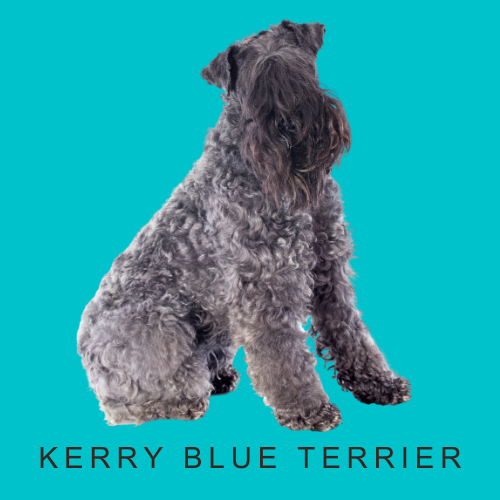

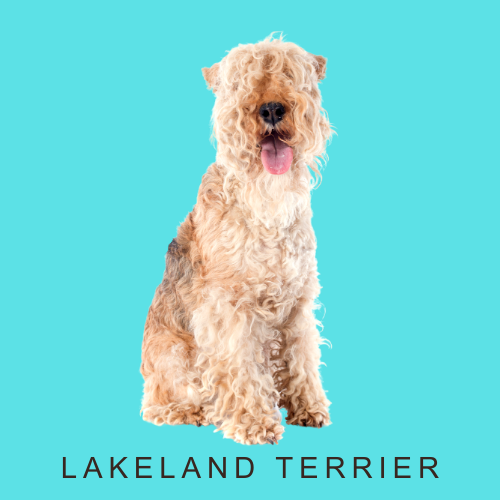


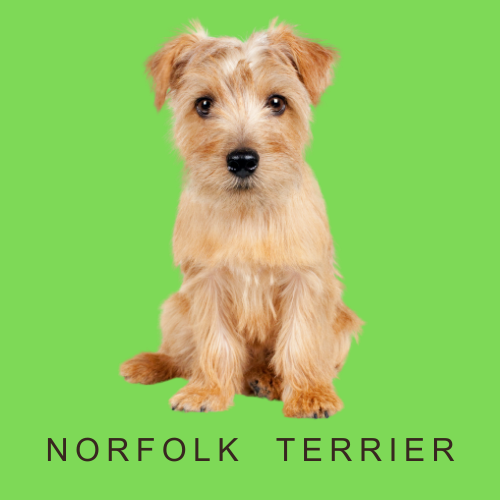
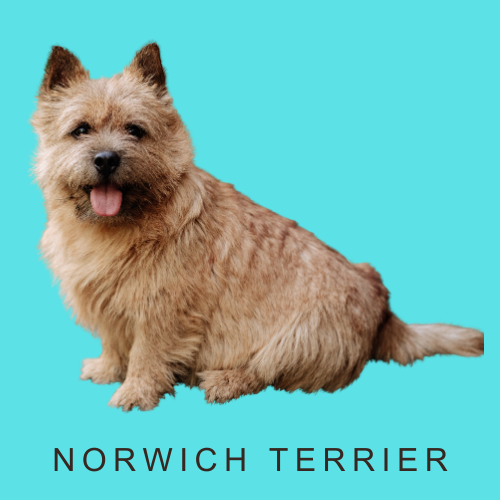

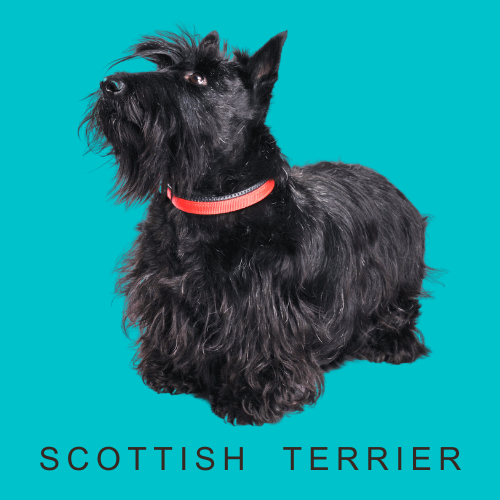

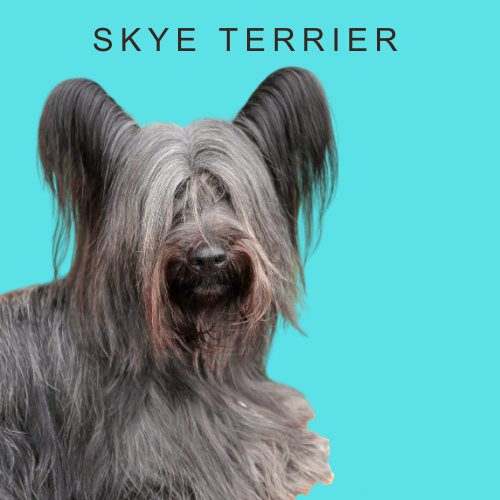
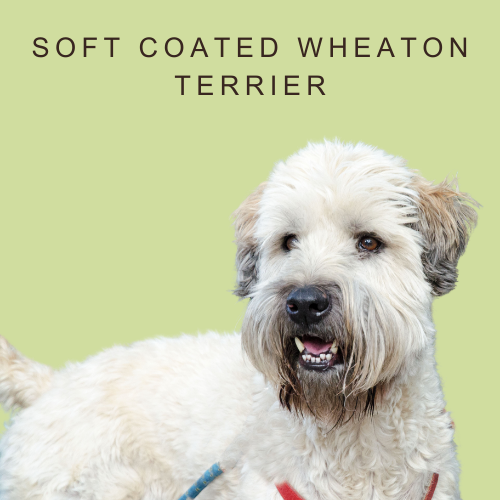
 RSS Feed
RSS Feed